On December 4, 1996 NASA launched its first mission to land on Mars in 20 years. Called Pathfinder, this would be only the third time NASA had attempted to land a spacecraft on Mars. The previous two landings of the Viking 1 and Viking 2 spacecraft occurred in the Summer of 1976. Both of the Viking Landers had used a combination of parachutes and braking rockets to slow their descent and successfully soft land on the red planet.
Pathfinder would however use a different method to land. A new combination of parachutes and inflatable airbags would be used for the first time. The airbags would inflate around the lander forming a protective cocoon and allow it to “bounce” to a safe landing. While this idea was extensively tested on Earth, there were still many unknowns as to how well this method would really work in the Martian environment. In addition to scientific objectives, the Mars Pathfinder mission was also a test bed for various new technologies. The mission was also notable for its extremely low cost relative to other robotic space missions to Mars.



On July 4, 1997 the Pathfinder successfully entered the Martian atmosphere using its heat shield to protect it. It then deployed a parachute to slow its descent. The airbags were inflated to cushion its landing about 8 seconds before touchdown at an altitude of 300 meters above the surface. It was released from the parachute and Pathfinder bounced in its airbag cocoon at least 16 times before coming to rest in Ares Vallis, an outflow channel on Mars. Ares Vallis is named after Ares, the Greek god of war. Scientists chose this area because they found it to be a relatively safe surface to land on and one that contained a wide variety of rocks deposited during a catastrophic flood. After unfolding its solar panel petals, Pathfinder sent back its first photographs of a rocky landscape with hills in the distance. After the landing, the Pathfinder lander was formally named the Carl Sagan Memorial Station in honor of astronomer Carl Sagan.

The Pathfinder Lander carried with it another first for NASA, the first ever wheeled rover to be deployed on the Martian surface. The rover was named Sojourner after Sojourner Truth, an American abolitionist and women’s rights activist of the 19th century. This first Mars rover was small, with a mass of only 11.5 kilograms. Only designed to last for a week, the Sojourner Rover actually functioned for 85 days. The rover photographed rocks with its cameras and analyzed them with its Alpha Proton X-ray Spectrometer, an instrument designed to determine the elemental composition of Mars rocks and dust. The rover traveled nearly 100 meters during its three months on Mars, but never went more than 12 meters distance from the lander. The rover sent back over 550 pictures, and the lander more than 16,500 images.



NASA finally lost contact with both the Pathfinder Lander and the Sojourner Rover on September 27, 1997. The Mission had far exceeded its original designed lifetime though, the lander by nearly three times, and the rover by 12 times. The lessons learned during the Pathfinder mission would be invaluable in landing the larger and more complex Mars rovers Spirit and Opportunity in 2004. These rovers would use a scaled up version of the air bag landing system pioneered first on the Pathfinder mission. Spirit would operate for 2269 days and Opportunity for 5498 days on Mars. The Pathfinder mission was appropriately named, it blazed a trail for future Mars missions to follow and is considered one of NASA’s most successful as well as economical planetary missions.


